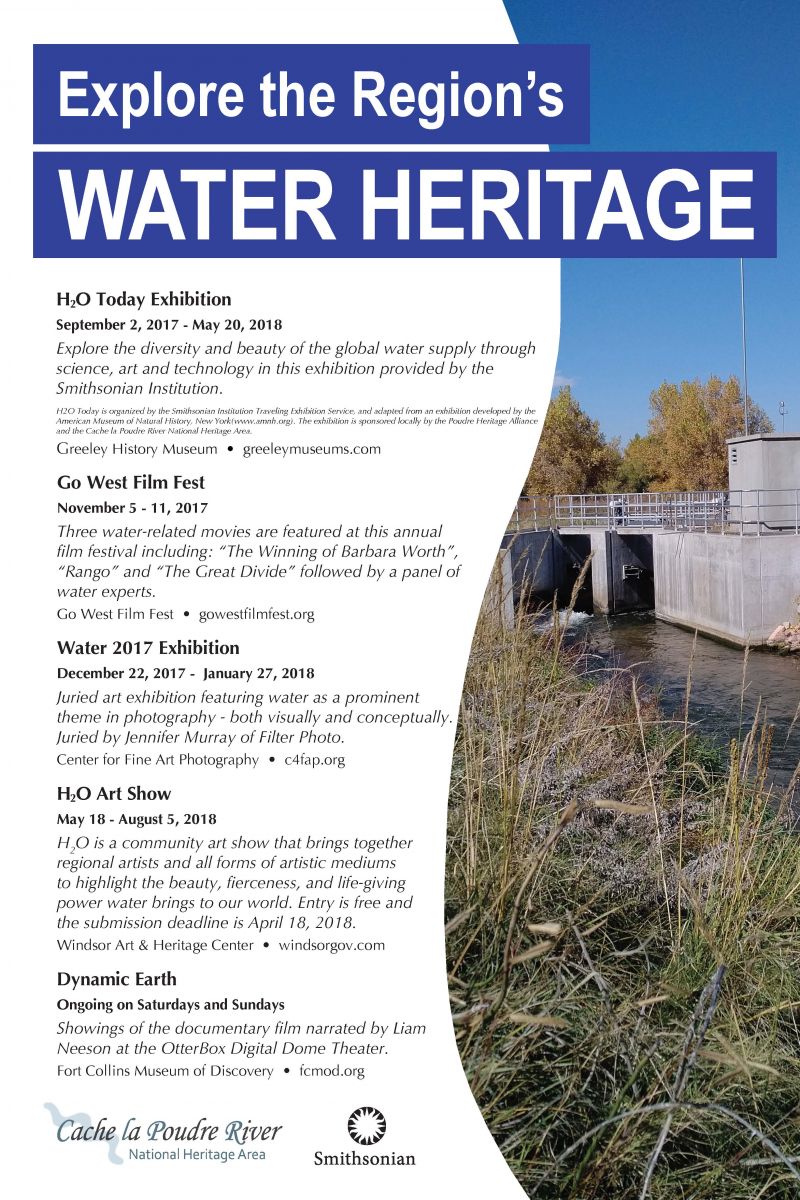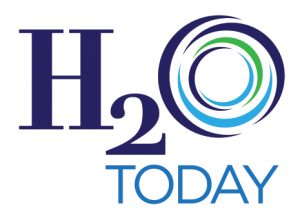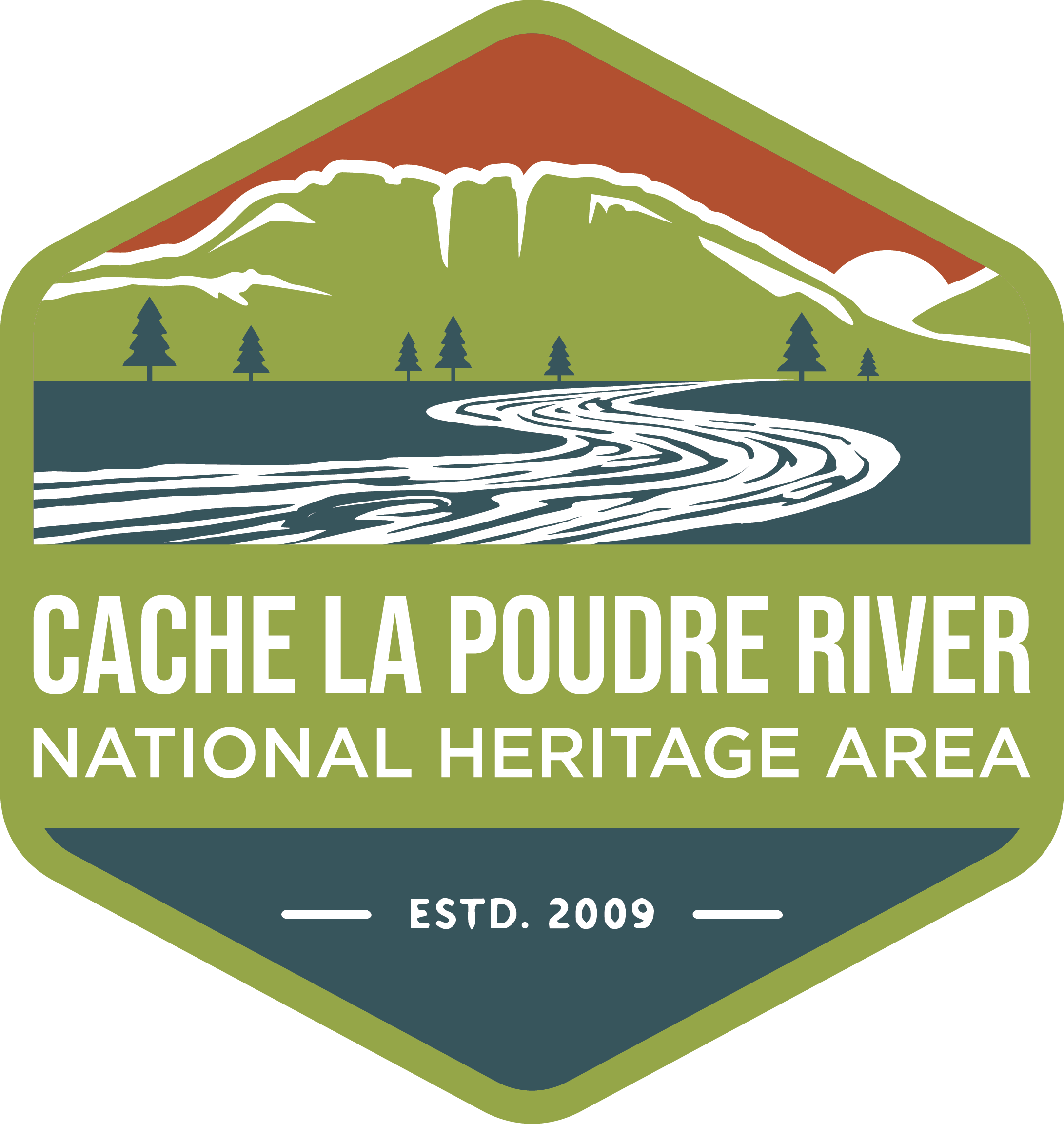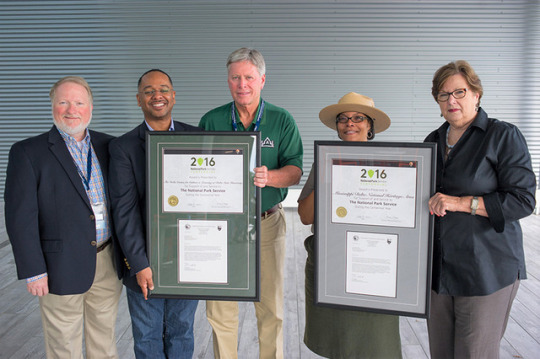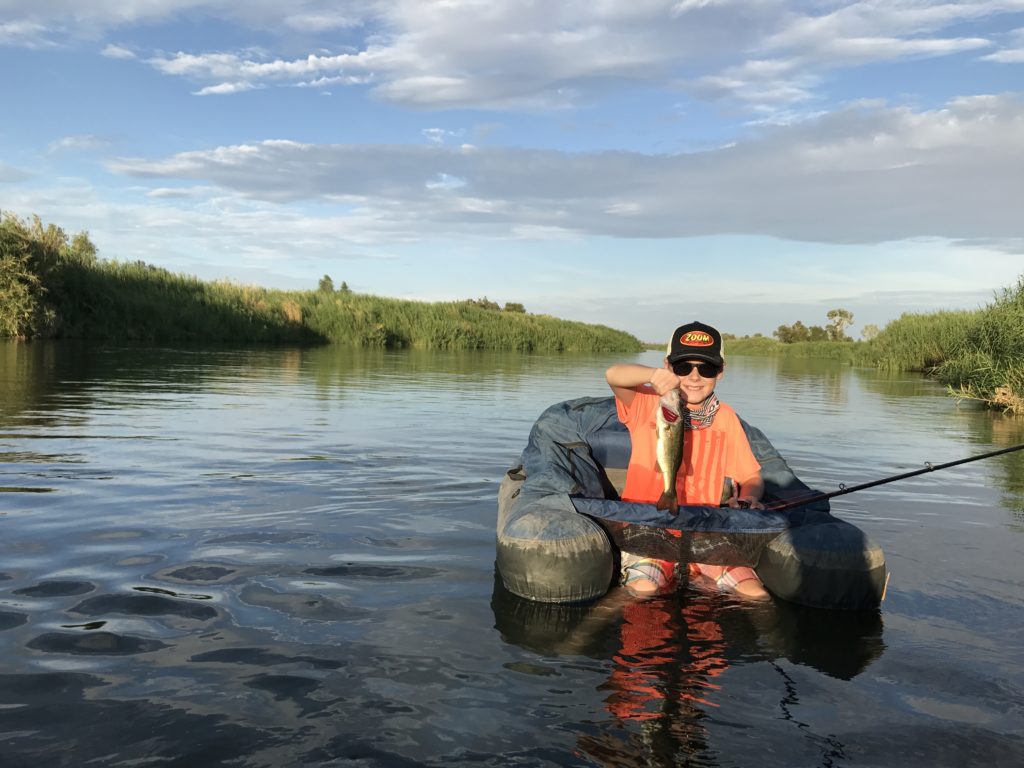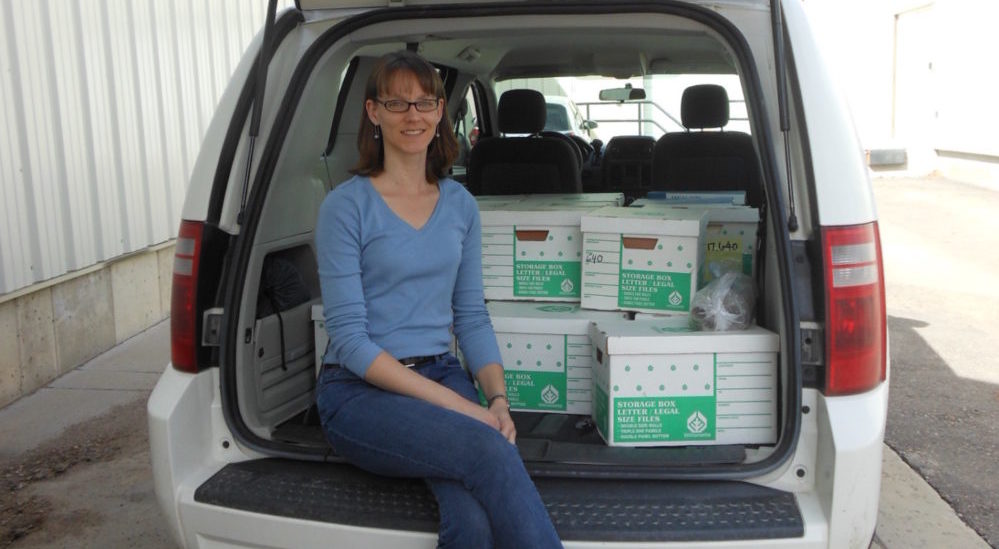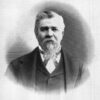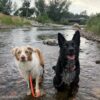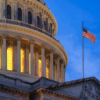MDNHA Receives National Park Service Centennial Award for Oral History Program
CLEVELAND, MS. (October 11) – The Delta Center for Culture and Learning at Delta State University and the Mississippi Delta National Heritage Area recently received 2016 National Park Service Centennial Awards for creating the Delta Jewels Oral History Partnership.
The cultural heritage interpretation project honors the lives of unsung Mississippi Delta church mothers featured in Delta Jewels: In Search of My Grandmother’s Wisdom, a book by Pulitzer Prize-winning photojournalism professor Alysia Burton Steele. The MDNHA was the only National Heritage Area to receive a NPS Centennial Award this year.
“We are honored to receive this esteemed recognition from the National Park Service for this important cultural heritage development project,” said Dr. Rolando Herts, director of The Delta Center and executive director of the MDNHA. “The fact that Delta State and the MDNHA are acknowledged together truly demonstrates the power of partnerships and collaboration when telling the Delta’s story.”
For 18 months in 2015 and 2016, the Delta Jewels Oral History Partnership’s community gatherings engaged over 1,000 Mississippi Delta residents, visitors and supporters. The gatherings took place in diverse, welcoming venues throughout the state including universities, churches and tourism and cultural centers.
“We are thrilled with the results of the Delta Jewels partnership,” said Dr. Myrtis Tabb, chair of the MDNHA. “This program was one of our very first and was extremely successful right off the bat. We are eager to build upon that success with continued partnerships that will help share the diverse stories of the Mississippi Delta.”
The Delta Center continued to host presentations with Steele in 2017, which have focused on community impacts documented in the Delta Jewels Oral History Partnership 2015-2016 Report.
Most recently, these have taken place at the National Heritage Areas Southeast Region workshop in Atlanta, Georgia; the Smithsonian African American Interpretation Workshop in Charleston, South Carolina; the NPS Collaboration Clinic in Biloxi, Mississippi; and the Association for African American Museums conference in Washington, D.C. In addition, Herts and Steele have been invited to present at the upcoming Oral History Association conference in Minneapolis, Minnesota.
“We have used the report as an interpretive and educational resource, which enhances the storytelling experience,” said Steele. “In addition to photos from the community events, the report includes survey results from participants. An overall program rating of 4.9 out of 5 clearly indicates that sharing the Delta Jewels’ oral histories have had positive impacts in the communities we engaged.”
The MDNHA and The Delta Center commemorated the 2016 NPS Centennial through other projects and events. Together, they organized an opening reception with Delta State University’s 2015 Winning the Race conference featuring former NPS director Bob Stanton.
In addition, the MDNHA Passport to Your National Parks program attracted NPS Centennial travelers, and a MDNHA promotional videowas screened at a NPS Centennial film festival in Atlanta. Since its release, the video has been viewed over 20,000 times on social media.
The Delta Jewel Oral History Partnership 2015-2016 report is available online at The Delta Center. View the MDNHA promotional video on their homepage.
The mission of The Delta Center is to promote greater understanding of Mississippi Delta culture and history and its significance to the world through education, partnerships and community engagement. The Delta Center serves as the management entity of the MDNHA and is the home of the International Delta Blues Project and the National Endowment for the Humanities “Most Southern Place on Earth” workshops.
